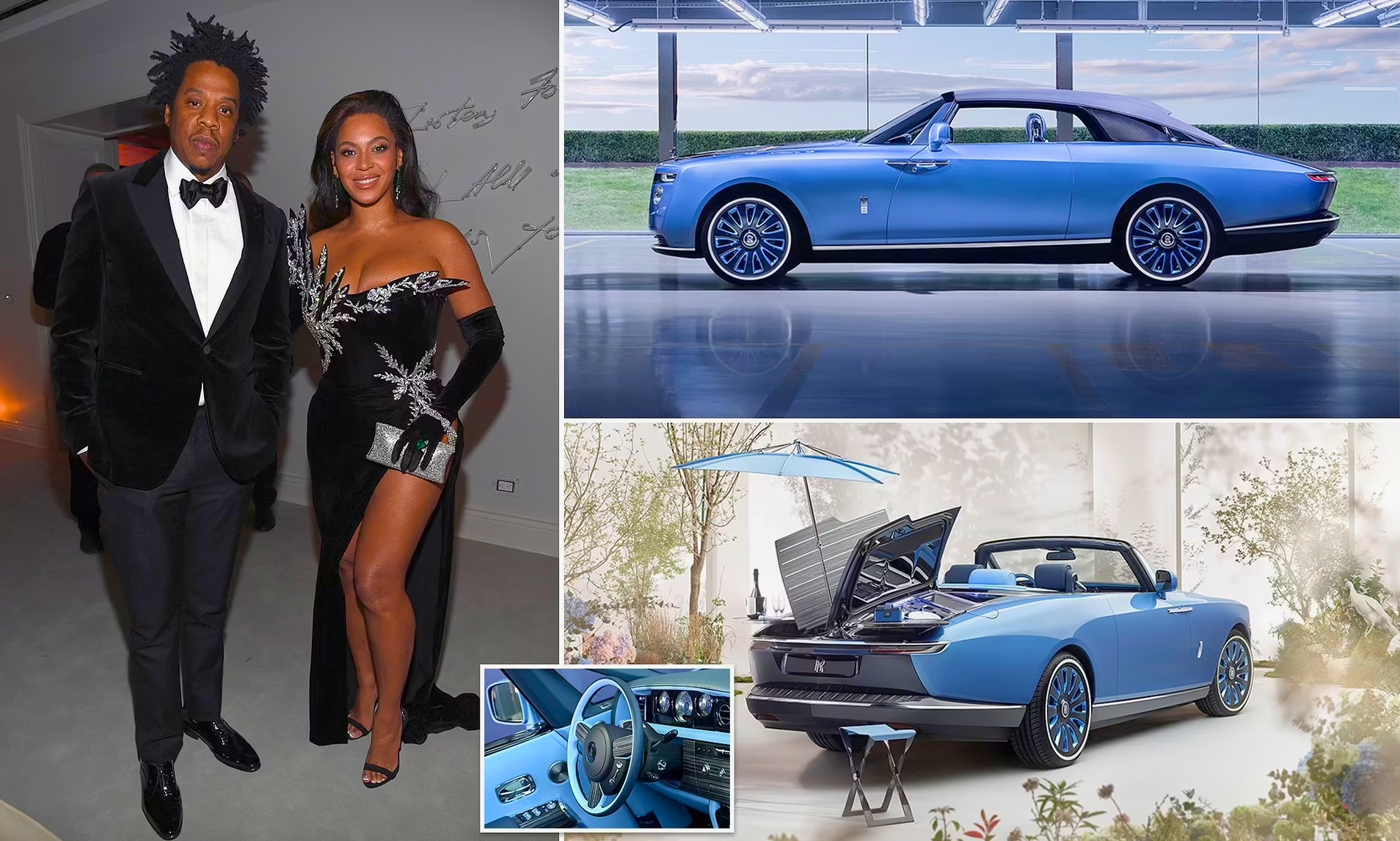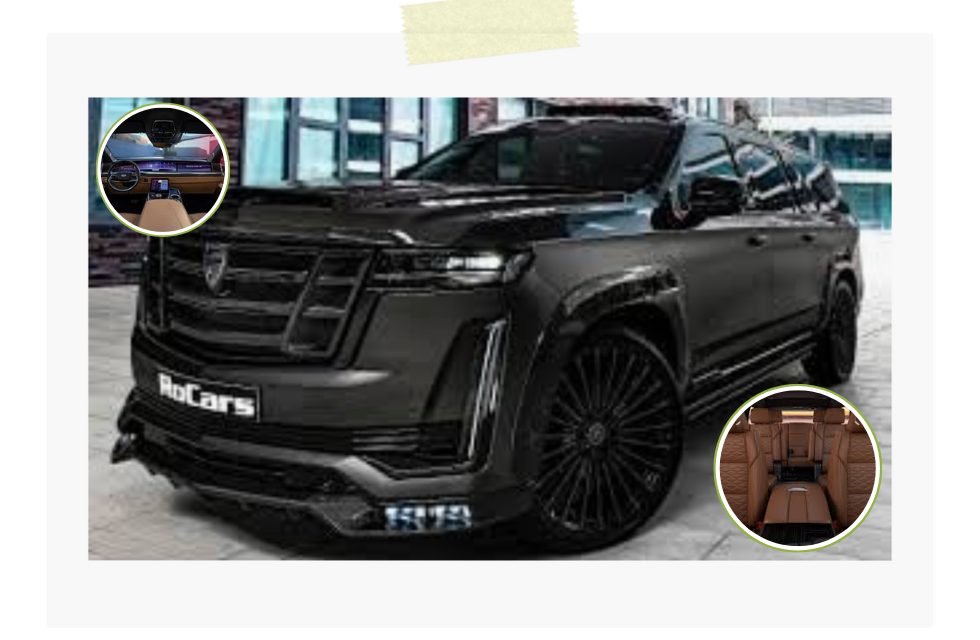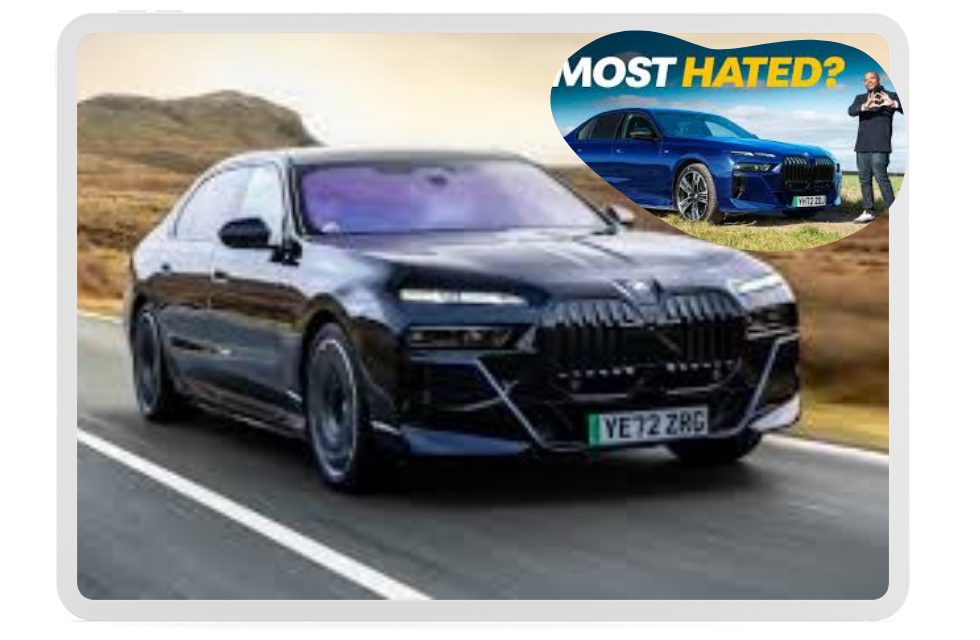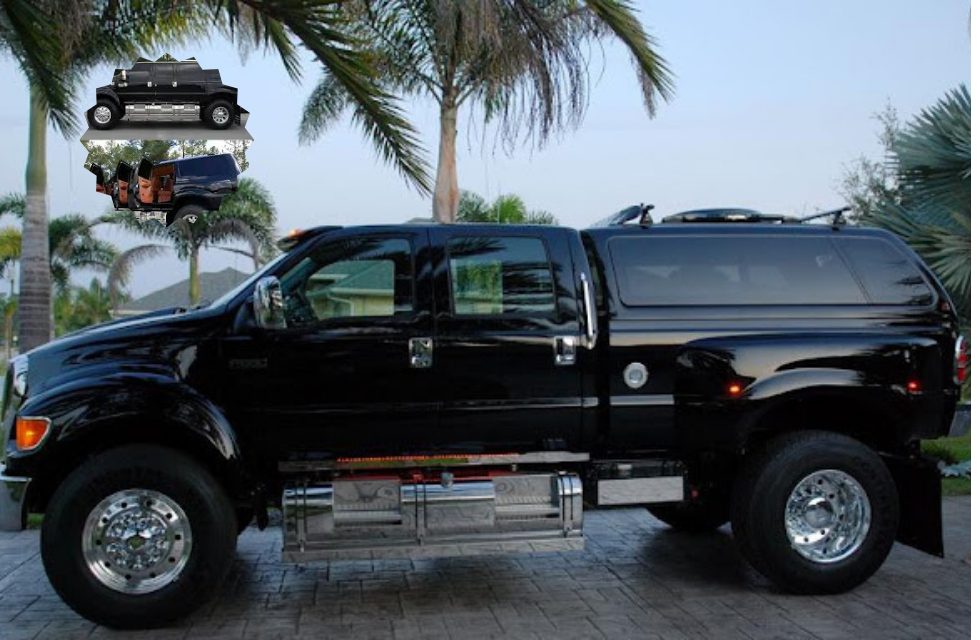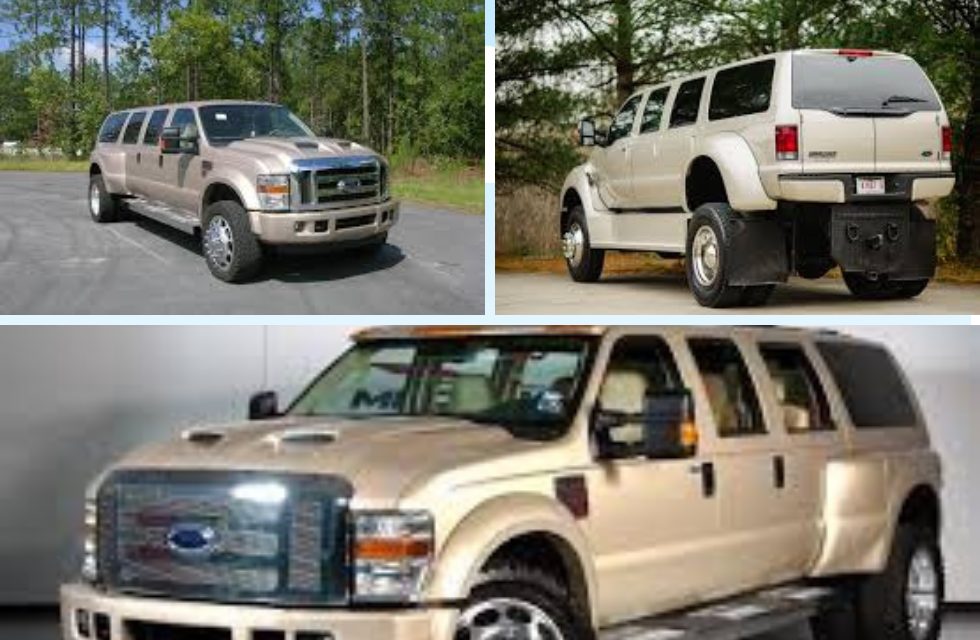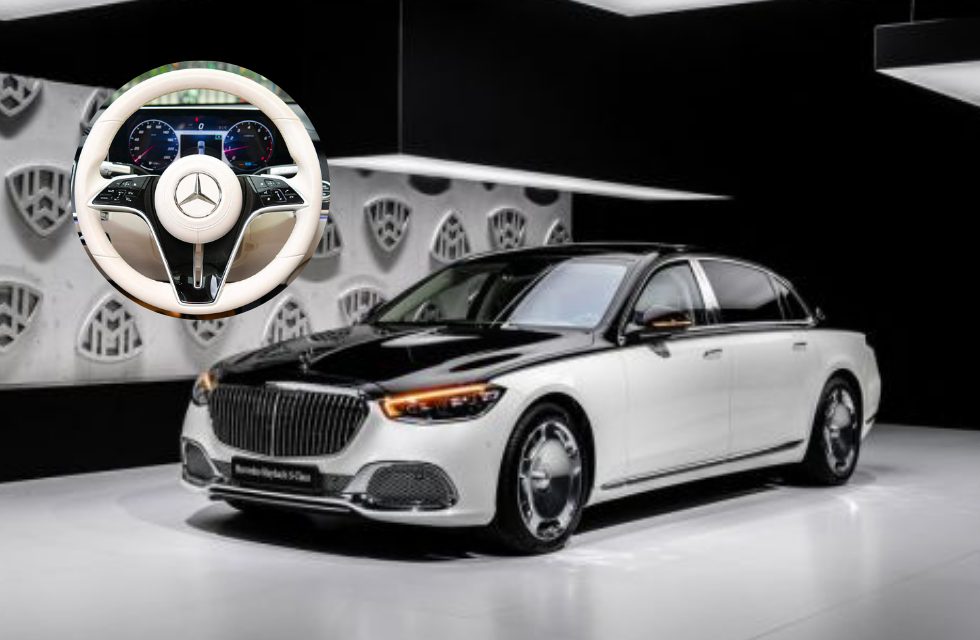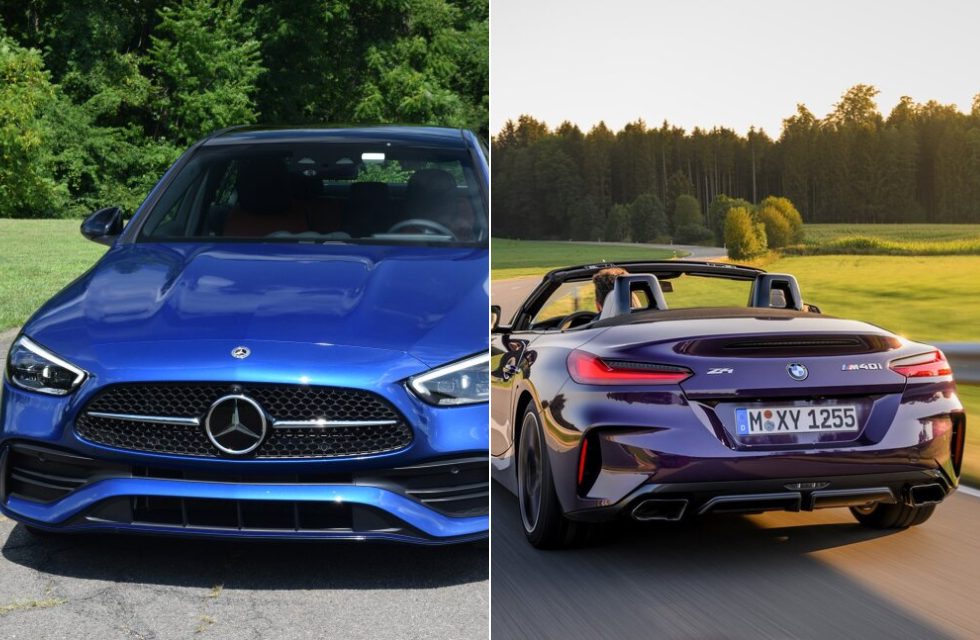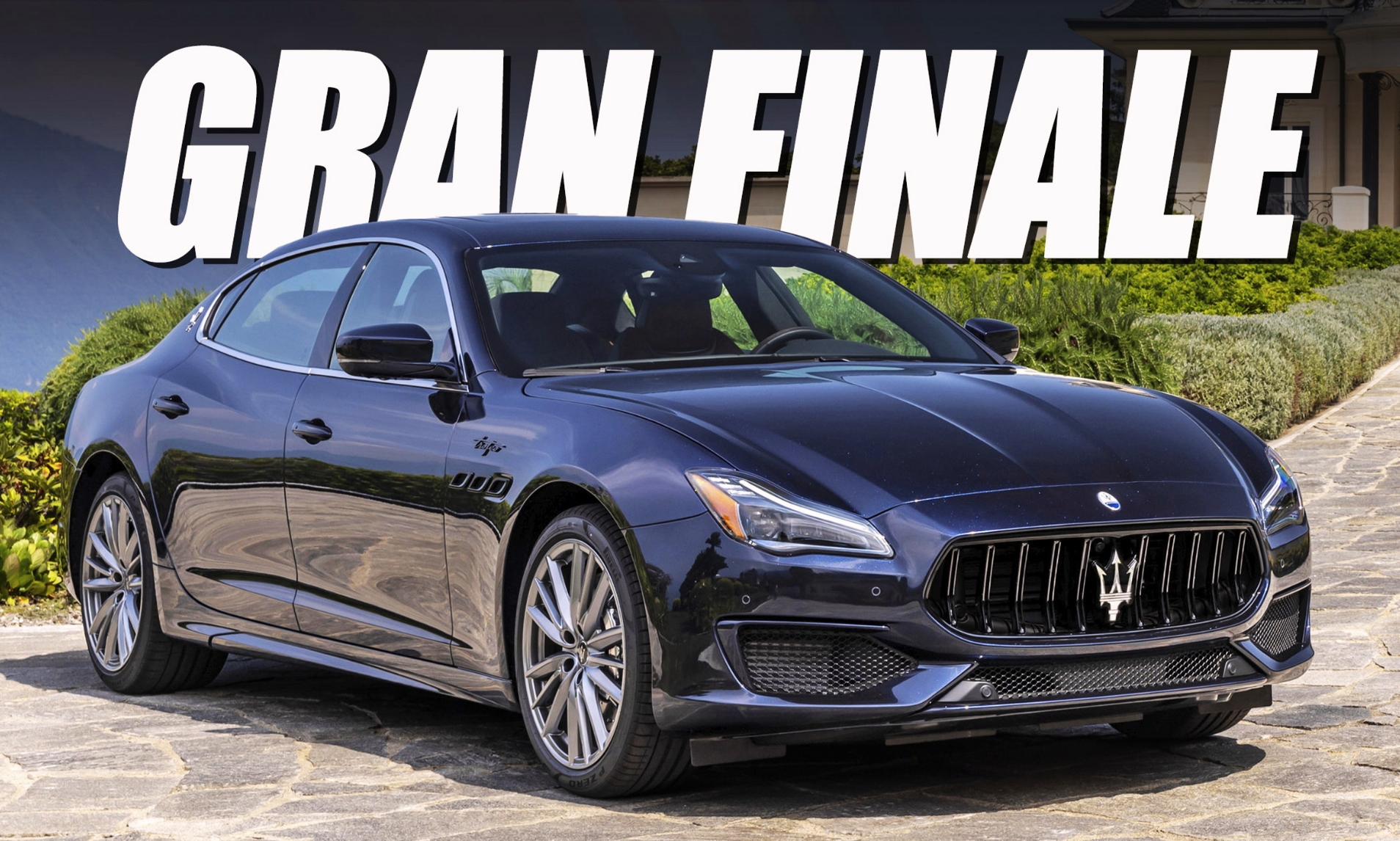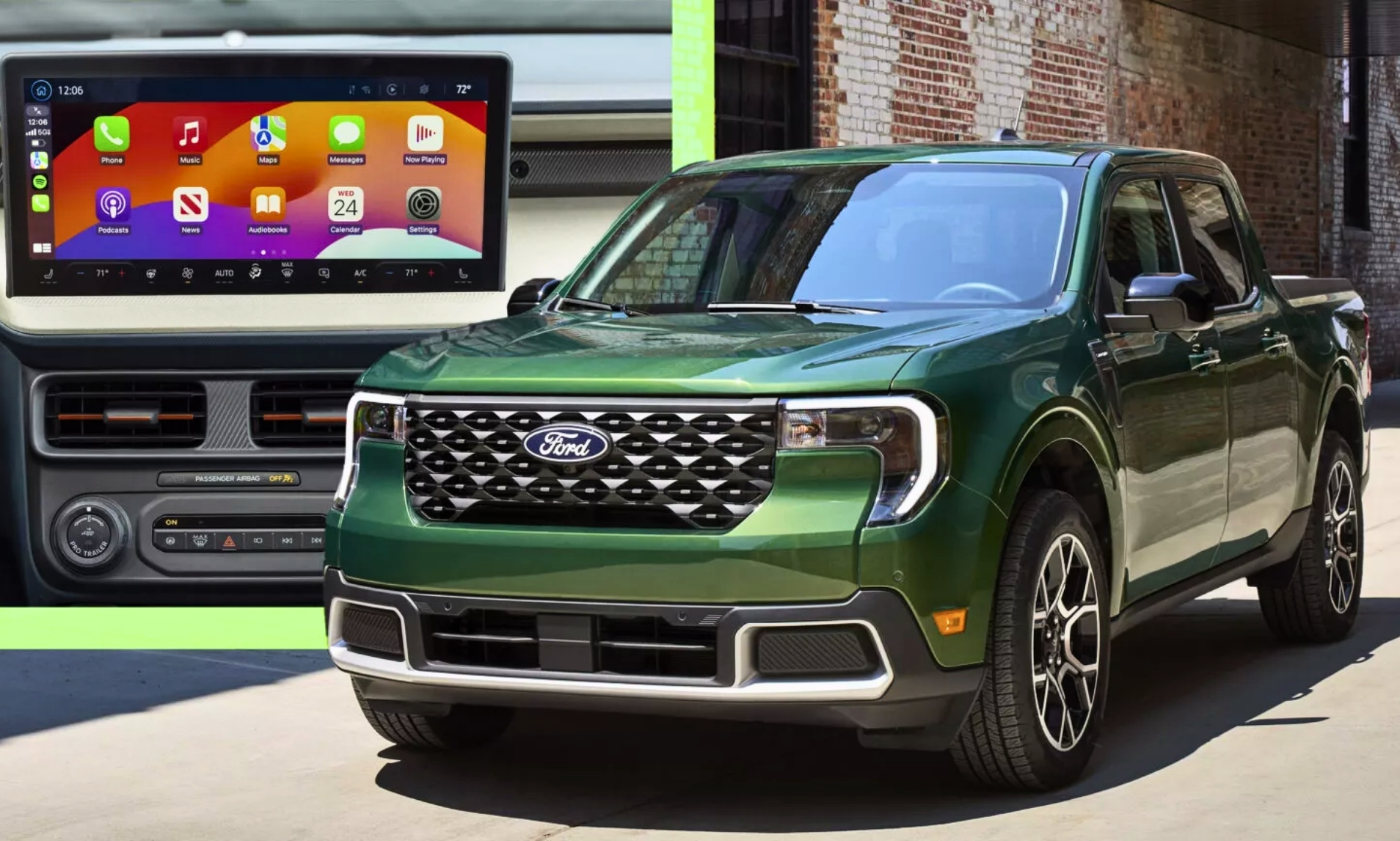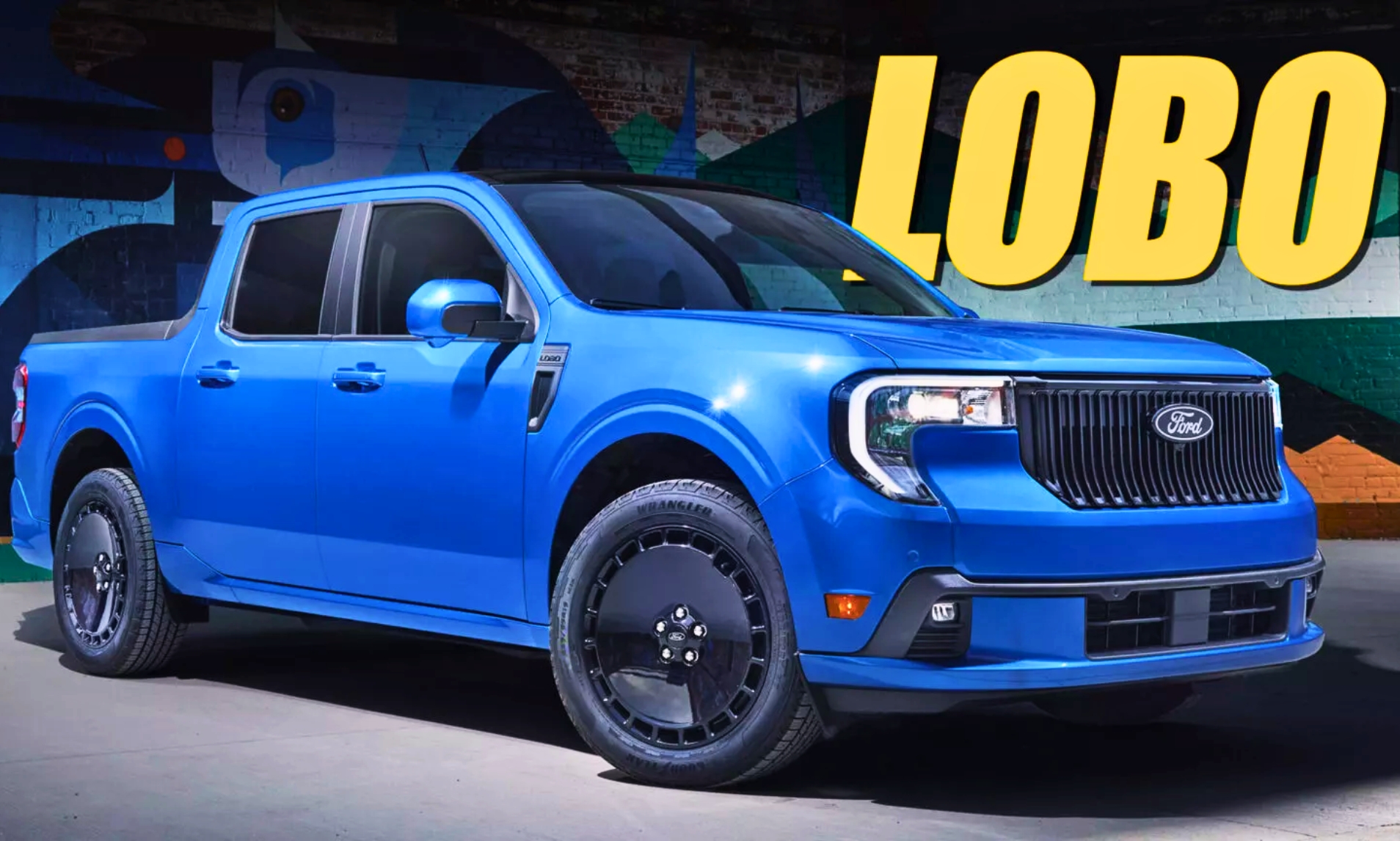Porsche’s third-generation Panamera is mostly what you expect—but the active suspension is mind-blowing.

Life is pretty good in a Porsche Panamera. It’s an unabashed luxury sedan, but also a driver’s car—more of a modern grand tourer than anything else. It exists somewhere on the spectrum between the BMW 8 Series and the Mercedes-Benz S-Class, and you won’t find anything else quite like its mix of talents.
The Panamera is new for 2024, but not all-new, as it were. This is a heavy revision of the previous Panamera with ample tweaks to bridge the divide between sport and luxury. The highlight of these efforts is Porsche Active Ride, an active-suspension system that is truly mind-blowing, but we’ll get back to that a little later. On the mountain roads outside Seville, Spain, we drove the base Panamera, then tested the new Turbo E-Hybrid—with its active suspension—at the Circuito Monteblanco.
Panamera On The Road

| Quick Specs | 2024 Porsche Panamera |
| Engine | Twin-Turbo 2.9-Liter V-6 |
| Output | 348 Horsepower / 361 Pound-Feet |
| 0-60 MPH | 5.0 Seconds |
| Base Price | $101,500 |
Porsche builds seemingly endless variants of its cars, luring buyers up the ladder with models incrementally more powerful and luxurious than the slightly less-expensive model below. But in Porsche’s world, base models should not be overlooked. They offer the essence of the top-spec models for less money. I’ll stop short of saying they’re a great value, because the US-spec equivalent to this base Panamera costs $133,310 as optioned, and for that you just get a twin-turbo 2.9-liter V-6 with 348 horsepower and 361 pound-feet of torque.
It’s still a lot of car. Ultimately, this new(ish) Panamera doesn’t feel like a radical departure from the last one, but that’s no bad thing. Standard for the third generation is a suspension system consisting of two-chamber air springs and adaptive dampers with independent valves for compression and rebound adjustments. Porsche claims a huge improvement in both ride quality and handling.

These Spanish mountain roads are smooth and quiet. Great for a good time, not really to evaluate ride quality. But on the rougher stuff, the Panamera felt great. Mid-corner bumps and surface changes never upset the car.
The Panamera is one of the first cars with Michelin’s new Pilot Sport 5 S tires, an unsurprisingly excellent set of rubber. Grip is immense and the information transmitted to the driver about the road surface is particularly lovely. Porsche is among the best at tuning electric power-steering systems, and the Panamera’s is super accurate, with a perfectly calibrated weight buildup off center. I can’t help but wonder if steering feel is improved by this being a rear-drive base model, as I wasn’t able to sample the all-wheel drive Panamera 4 on the same mountain roads.
The Panamera feels remarkably small for its considerable size. All the more impressive given that this tester didn’t have the optional rear-wheel steering system, which effectively shortens the car’s wheelbase at lower speeds.
Dynamically, it’s worthy of the Porsche badge.

The Panamera’s V-6 isn’t quite as inspiring. It’s strong enough, and it sounds pleasing, yet there’s not a ton of character here. At least it’s smooth, and the throttle response is good. Compared with the previous base model, power rises from 325 to 348 hp and torque gets a 37 lb-ft boost. It makes the base Panamera more than quick enough for all situations, but buyers almost certainly want more for this kind of money. For a couple grand more than the Panamera’s $101,500 base price, BMW will sell you a 523-hp M850i Gran Coupe. And that’s before you consider Porsche’s expensive options.
More impressive is the eight-speed PDK, which is typically excellent. Porsche made revisions to the gearbox, which is shared across all current and future variants, but those mostly apply to hybrid models. What you get in any case is a transmission that’s nearly as smooth as a torque-converter auto for shuffling around town, yet as sharp as anything on the market.

And there isn’t much to question about the Panamera’s luxury credentials. The interior is beautiful with a good mix of physical and touchscreen controls, and raised fenders give an even better view over the hood than the previous model. The only real downside is tire noise, though what can you expect for something sporting 325s on 21-inch wheels out back?
To put this in Porsche terms, think about the difference between a 996 and a 997. Same basic car, some design tweaks, refreshed interior, etc. Small improvements that add up to something big. It’s not a mind-blowing driving experience, but the base Panamera makes good on its promise. But, add active suspension into the equation and the Panamera turns into something very different.
| Quick Specs | 2024 Porsche Panamera Turbo E-Hybrid |
| Engine | Twin-Turbo 4.0-Liter V-8 |
| Output | 670 Horsepower / 685 Pound-Feet |
| Weight | 5,200 Pounds |
| Base Price | TBA |
The Porsche Panamera Turbo E-Hybrid is not a track car. Though to be fair, nothing weighing a quoted 5,200 pounds belongs on a race track, but that is the best place to experience the capabilities of Porsche Active Ride.
We have a more in-depth post on the system, so we’ll just go over the basics here. Porsche Active Ride is, as the name suggests, a fully active suspension system. Conventional automotive suspension systems are reactive and some can be proactive, prepping the car for certain conditions. Real active suspension can put force into the body, ably demonstrated by this specially prepared bouncing prototype.
Connected to each damper is an electrohydraulic motor pump. These pumps are used to vary the level of fluid in the damper, applying up to 2,248 pounds of supplemental force per damper. The pumps are powered off the hybrid’s 400-volt electric system—non-hybrid Panameras won’t get the option of Active Ride—and the system operates at 15 hertz.
There are air springs, but their job is simply to hold the body up. It’s an option on all Panamera hybrid models, and while pricing for those isn’t yet out, the same system costs $7,140 on the recently facelifted Taycan. Figure the same for the Panamera.
The result is extraordinary control over the Panamera’s body motions. Engineers can calibrate the car to do pretty much anything they want. The Panamera even has settings accessible in Comfort mode that moves the body in opposition to changes of direction; It leans into corners like a motorcyclist; It pitches rearward under braking; It dives forward with acceleration.
It’s freaky, and perhaps is more of a party trick than anything else. In all other modes, Active Ride counteracts all body roll, pitch, and dive, to keep the body perfectly level at all times, though the system doesn’t compensate for tire deflection.
To experience Active Ride is, in a word, wild. Out on Monteblanco, the car feels shockingly composed and sharp. In Sport and Sport Plus mode, Active Ride automatically lowers the ride height and maximizes tire grip at each corner constantly. It’s uncanny. Under braking and on turn-in, the Panamera feels so incredibly crisp, even if your inputs are jarring, and the thing just barely notices race track curbing.
What’s most remarkable is that the system feels natural. Porsche engineers worked hard to make sure that Active Ride, while totally eliminating many body motions, still allows communication with the driver. And it does. Your inner ear will be happy. You receive all the information through the seat, through the steering, through your vision, needed to drive fast. The confidence it inspires is amazing. On the track, there’s a fast uphill right-hand kink. You’re putting an enormous amount of load in the car, yet it’s all perfectly managed. It doesn’t take long before you just trust Active Ride to do its thing.
There are of course limits. Active Ride massively increases traction, but can’t make it infinite. Get greedy with entry and mid-corner speed, and you’ll inevitably push into understeer. These moments remind you how heavy the Turbo E-Hybrid is.

